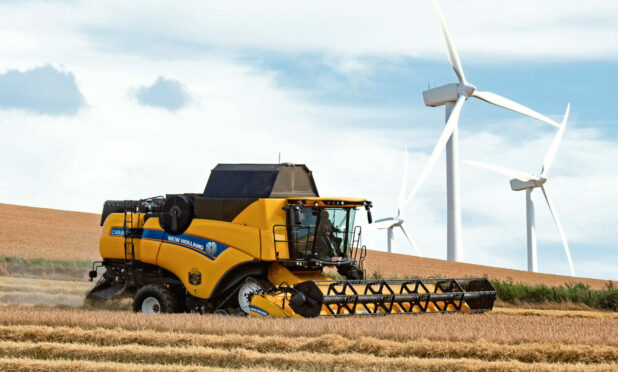The EU has published its latest assessment of global food markets. Predictably it is dominated by the short-term supply issues facing the industry.
It says agriculture is still affected by Russia’s war in Ukraine, which has raised energy prices, farm input costs and triggered food price inflation and global instability.
Matters were made worse by the hottest summer on record, which affected yields. Despite that it says food availability in Europe is not an issue and that the EU will still be able to export more cereals than last year and more than its five-year average.
The report paints a gloomy picture of costs rising more than prices for most commodities; it warns of even higher costs and shortages of fertilisers and other key inputs. On cereals it says the final harvest was down by 7.8%
On dairy it says the hot summer hit yields and feed availability, forcing farmers to use hay and silage. It says milk production will fall slightly in early 2023, with farmers facing challenges around feed availability and higher input costs.
On beef, pigmeat and poultry it says higher prices have not met rising costs for farmers and the report forecasts that as a result of this financial pressure production will fall. This forecast is unique in offering no light among the clouds for any commodity around rising costs.
Difficult global conditions for food markets
The latest EU report on agricultural trade shows a further decline, reflecting difficult global conditions. The total for exports and imports was down 2.5% in June from May but exports increased marginally.
The EU still has a healthy balance of trade between imports and exports, with this rising in June by a third to almost £5 billion.
The picture on the export side is of increasing volumes but falling values as commodity prices ease from record highs.
The volatile nature of agricultural trade now makes individual month figures a poor gauge of evens.
In June imports of cereals and other products from Brazil and the US fell but they had increased sharply in the early months of 2022. Exports to the UK were up significantly in the first six months of the year.
Europe remains committed to contributing to global #foodsecurity.
Exports to sub-Saharan Africa grew significantly:
⏫121% in June month-to-monthImports from Ukraine after implementation of solidarity lanes:
⏫61% in first semester 2022Read the latest report ↓#EUTrade
— European Commission 🇪🇺 (@EU_Commission) October 3, 2022
The growth areas for exports were cereals and oilseeds, followed by beef but again the picture is of rising volumes at lower prices.
Figures from the European Commission confirm this has been the worst year ever for avian flu, with a record number of outbreaks and a massive geographical spread across the EU, the European Economic Area and the UK.
The report also warns that with the migratory season about to bring new birds to Europe the disease will get worse in the months ahead. From June to September 788 highly pathogenic avian influenza (HPAI) infections were reported across 16 countries. For the first time the disease spread to sea birds on the Atlantic coasts.
Mortality levels are described as “massive”.
The report describes the geographical reach of the disease as “unprecedented”.

Conversation